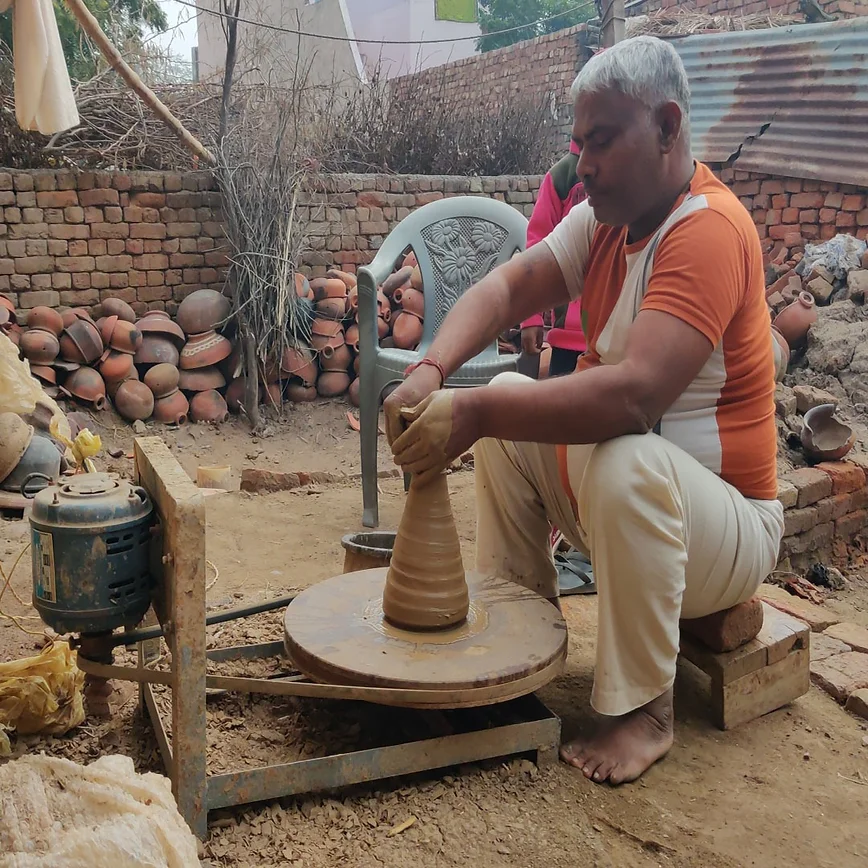Elliot Pellman, the NFL medical director who once ran the league’s discredited concussion research program, emailed the executive director of the Foundation for the National Institutes of Health (FNIH), writing that the NFL had “significant concerns [regarding] BU and their ability to be unbiased and collaborative.” He asked that the FNIH “slow down the process until we all have a chance to speak and figure this out.”
Less than a week later, the NFL stepped in again. Betsy Nabel, emailed the director of NIH’s National Institute of Neurological Disorders and Stroke, attaching Stern’s 61-page affidavit in support of the class-action lawsuit.
“I hope this group is able to approach their research in an unbiased manner,” Nabel wrote.
At the end of June, NFL representatives told the NIH on a conference call that the league “could not recommend that the NFL fund the BU study” because they felt that “Dr. “Since its research agreement with NIH was clear that it could not weigh in on the grant selection process, the NFL should never have tried to influence that process.”
The league denied the report’s findings that it acted improperly, and complained that the doctors on the NFL Head, Neck and Spine Committee were not consulted during the investigation.
“There is no dispute that there were concerns raised about both the nature of the study in question and possible conflicts of interest. Ultimately the funding decision was made by the FNIH/NIH, not the NFL,” league spokesman Brian McCarthy said in a statement.
McCarthy went on to note that, of the $30 million NFL commitment to the NIH, $6 million went to the Boston University School of Medicine and the Department of Veterans Affairs for a study on CTE and post-traumatic neurodegeneration.
“We continue to be very happy and grateful that the NIH has funded this multi-site study. As the committee report indicates, NIH followed the scientific, peer-review process in funding the CTE study, and was not inappropriately influenced by outside forces,” the government institute told RT in a statement.
While the committee did find that the NIH “maintained the integrity of the science and the grant review process,” it noted that the FNIH “did not adequately fulfill its role of serving as an intermediary between the NIH and the NFL.” The report offered several recommendations to address the committee’s findings, steps which the NIH said it has already begun undertaking.
“This experience has reinforced the importance of clear lines of communication between NIH and FNIH,” the agency said. “NIH has already taken a number of important steps to clarify its roles and responsibilities in agreements with FNIH and outside donors, in order to ensure that the science is free of even the perception of inappropriate outside influence.”
The committee also found that the NFL’s “rationalization that the Boston University study did not match their request for a longitudinal study is unfounded.”
CTE diagnoses continue
The congressional report comes as a former NFL player was diagnosed with CTE and BU shared the findings of a clinical consensus panel about a 27-year-old former NFL player who had previously been diagnosed with CTE.
On Tuesday, the Department of Veterans Affairs, BU and the Concussion Legacy Foundation announced that Charles “Bubba” Smith, a former All-Pro defensive end who played nine seasons in the NFL, had Stage III CTE.
